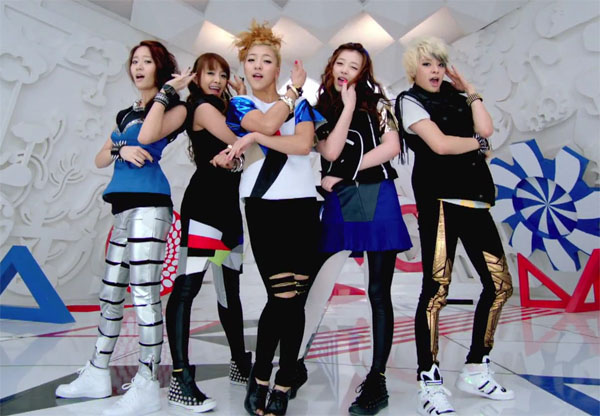
Second generation K-Pop groups are more than just nostalgia — they are the blueprint for global success and core changes within the industry. Groups like Coed School, f(x) and After School are among many that have left a cultural impact and without them, the standards and wider discussions for branding, strategies and rules wouldn’t have happened. But there are also 3rd and 4th generation idols like KARD, Got7 and Kiss of Life who have drawn inspiration from their predecessors and further contributed to shaping K-pop as we know it today.
So here’s 10 2nd gen acts who have made their mark, and how today’s next generation of idols continue to carry their impact forward.
- TVXQ > Got7

TVXQ has many feats and achievements that set them apart from the rest, from Guinness World Records to selling over 500,000 album copies before photocards were a thing. But the most impactful has been the contracts.
Every K-pop idol is bound by a contract — one that may confine them to rules and give them limited control of their music and profits. In 2009, TVXQ divided into 3:2 which shook the industry to the core because the legal dispute for artist freedom was bound to change things on a nationwide scale.
And it did, from 13 to 7 years in 2010, thanks to Kim Jaejoong, Xia Junsu and ex-member, Park Yoochun.
This was further pushed by Got7. In 2021, when the group left JYP, their contract expired and they went through the long legal process of transferring the trademark rights of their discography and group name.

This was something rare at the time, with Highlight, formerly Beast, being the only one close to doing so in 2017. Highlight had to change their group name due to not receiving trademark rights from their ex-company, Cube Entertainment and now in April 2025, they have acquired those rights.
But the trifling dispute that the trio brought forth and the successful transfer Got7 did has opened up a pathway for other idols to negotiate terms once leaving their company for 4th and 5th gen idols in the future.
- 2NE1 > Mamamoo

The girl crush concept was born from 2NE1, there’s no doubt about it. When they debuted, YG’s first major girl group weren’t cute or sexy, but they introduced a more confident and empowered image that shaped a generation.
2NE1 bridged the gap between the usual concepts fans were used to seeing and flipped the script with their bold messages and fashion ever since their debut. It wasn’t just about how they looked, it was about how they owned who they were that the fans loved. Pre-2015, you could be walking the streets of any city or town and find a K-pop fan who replayed songs to death like “Ugly,” “Can’t Nobody” or “I Don’t Care” and related to 2NE1’s lyrics.
Although there’s many who could be an example of the girl crush concept later on, Mamamoo perfectly embodies the “girl crush” concept, not just through visuals, but through their charisma, talent and unapologetic confidence. Like 2NE1, fans want to be like Mamamoo because of their looks, vocals and stage presence. They’ve also used their voice to boost community-focused engagement for those from underrepresented backgrounds.
Their music videos and lyrics like “Yes I Am” and “Hip” championed female empowerment and self-love. Mamamoo uses their music and platform to dismantle harmful gender norms and beauty standards, encouraging listeners to feel comfortable in their own skin and live proudly.
The girl crush concept thrives on the admiration of strong women by other women, and like 2NE1, Mamamoo are the epitome of that admiration.
- Coed School > KARD

A lot of people tend to forget that when Coed School came out, it was groundbreaking in the industry. Being one of the only co-ed groups in the 2nd generation, they debuted in 2010 and stood out for their concept of being “delinquent idols.”
They were not just a collaboration between two groups like T-ara and Supernova or Big Bang and Wonder Girls, but a group that challenged the structure of all-male or all-female K-pop groups at the time.
Although Coed School did not last long, they set the stage for future mixed-gender groups and how companies can create and market an improved co-ed group.
Once KARD debuted, they revived a need for co-ed groups both on and off stage. And for a group that debuted under DSP Media which was known for SS501 and Kara before, it was a welcome change. For almost a decade, they’ve been known as a group for their consistency and sound; a mix of reggaeton, pop and EDM. And their fanbase would agree especially those who are from Latin America.
Over the years, KARD has built a loyal fanbase globally which has helped them thrive in a predominantly single-gender group atmosphere, something that could have been achieved with Coed School but hopefully that will change as the group continues to shine amongst many.
- f(x) > Red Velvet
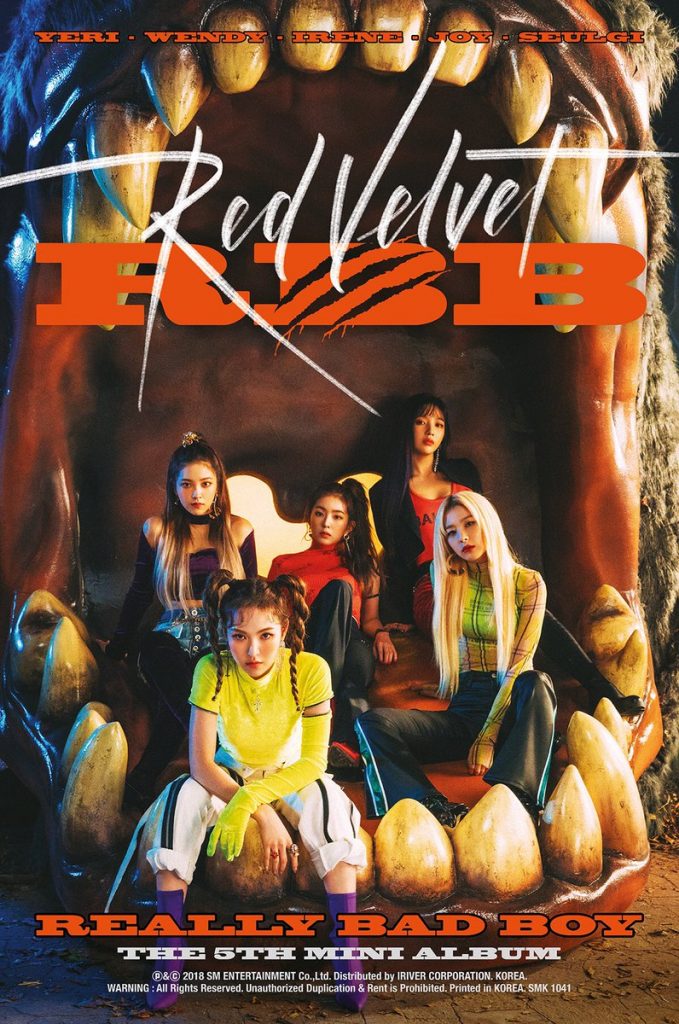
One of the most experimental groups that incorporated a lot of electro-pop and synth-pop was f(x). They were known to push the boundaries both in their sound with their title tracks, “Nu ABO,” “Electric Shock” and “Red Light.”
Their music was always somewhat more upbeat and never overly avant-garde when listening to “4Walls” and “Shadow.” f(x)’s music also felt futuristic by the way they also dove into sub-genres of electronic music.
So it wasn’t surprising to see other groups within the industry dive into unconventional concepts and experimental sounds like f(x). Their labelmates and sister group, Red Velvet shared a similar approach with their music.
They contributed significantly to integrating experimental sounds within the industry’s landscape. Because of their name, it allowed them to take on a dual concept that allowed them to explore doing both electro-pop and smooth R&B tracks with songs like “Dumb Dumb,” “Bad Boy” and “Psycho.”
Thus, Red Velvet excelled in what f(x) laid the groundwork for: pushing dual concepts and integrating experimental sounds.
- Big Bang > BTS
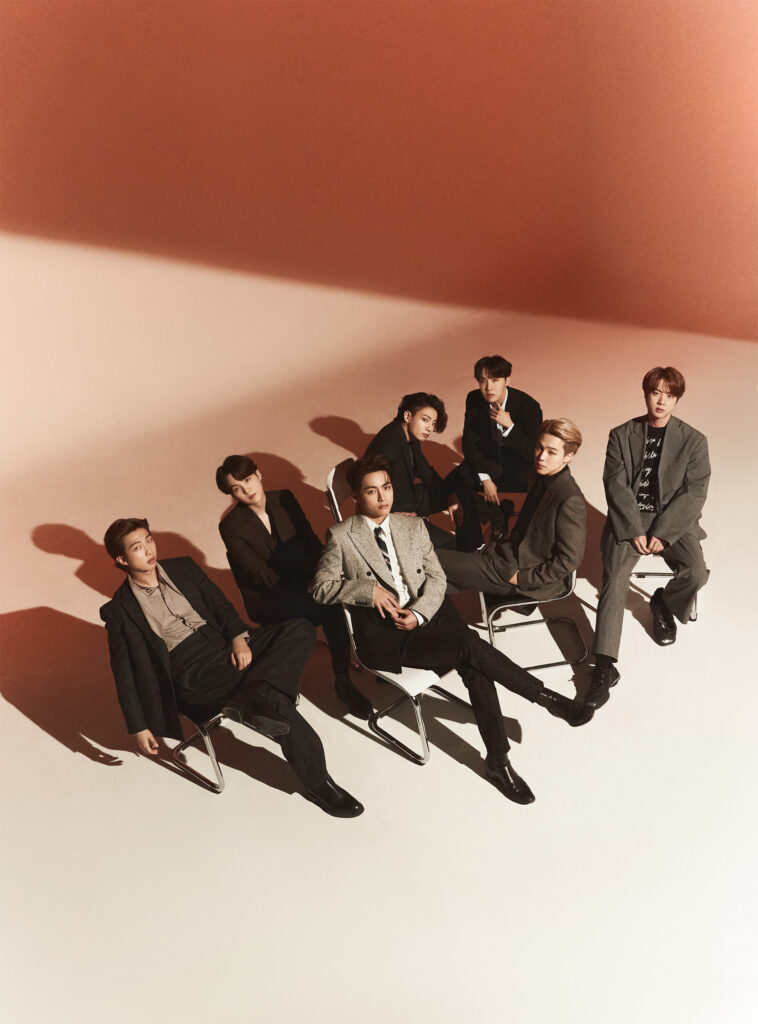
It’s no doubt Big Bang has numerous firsts that always have them on every list. Whether it’s the first to design lightsticks for fans rather than balloons or having their leader G-Dragon be the first luxury brand ambassador for Chanel in 2016.
Writing and producing their own songs was their bread and butter from the very start. Leader G-Dragon has been credited in every Big Bang’s song, with T.O.P being a co-lyricist and composer and Taeyang not far behind in production credits. This doesn’t even include their solo discography but definitely inspired a generation of idols within the 2nd, 3rd and 4th generation.
One group that comes to mind is BTS. It feels like Big Bang passed the torch to them with a similar change from a debut hip-hop sound to producing more chart-topping tracks.
Both Big Bang and now BTS have pushed the boundaries with their music which allowed their local and international audience to connect more deeply with them through songs like “Fire” and “Blood, Sweat and Tears” and paved the way for a new era in K-Pop, and well the rest has been history.
- Sistar > Kiss of Life

Whenever summer came around, there was that one group that everyone looked for new sexy summertime music, and that was Sistar. fun, beachy vibe songs in time for the season and that was Sistar. All their studio and compilation albums were released during the season, the choreography was playful and catchy, and the effortless confidence they showed helped them stand out as “Summer Queens.”
Tracks like “Push Push,” “Lovin’ U,” and even their sub-unit, Sistar19’s song, “Ma Boy” became go-to summer anthems and it helped that the group made the sexy concept more lighthearted and fun. Admittedly, every song had an awkward dance bum move in the choreography that got them more attention.
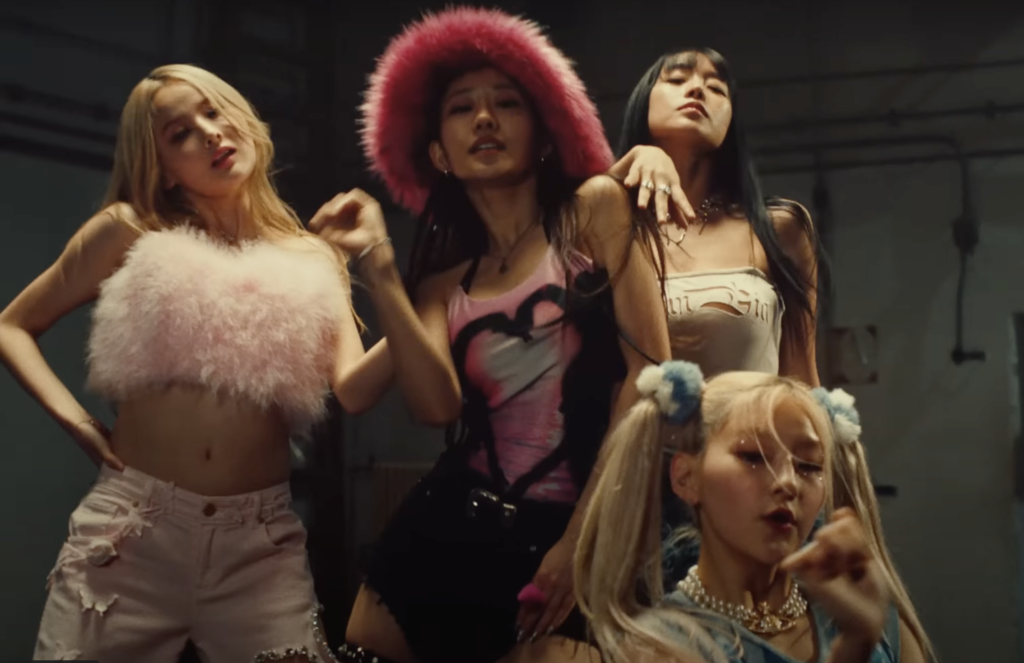
And if there was a group that took on the summertime sexy image from SISTAR, then it would definitely be Kiss of Life. The 4-member group draws a similar, sensual and upbeat energy into their sound and concept.
When you listen to Kiss of Life’s songs “Midas Touch” and “Sticky,” it brings some people back to the days when Sistar released sexy songs like “Touch My Body” and “Shake It” but with their own playful flair to them. Both songs reflect a sense of confidence whilst being catchy and appealing to their fans.
Kiss of Life, much like Sistar, taps into the spirit of summer with their sexy summertime concepts. It’s clear that even though they’re still rookies, they’re able to channel sensuality and playfulness and may bring the joy of the season back into K-pop like their seniors once did.
- Wonder Girls > NewJeans

Wonder Girls were the “Retro Queens” of the 2nd generation with their signature retro-inspired sound showcased in popular songs such as “Tell Me,” “Nobody,” and “I Feel You.” It helped them stand out during the WonSoKa days with their catchy hooks and easy choreography that had fans in a chokehold.
A lot of their discography tapped into the spirit of 80s pop with a modern edge to it, especially gems like “I Wanna, Stop!” and “Faded Love.” Because of Wonder Girls, fans started seeing more idols try retro sounds such as SNSD’s “Hoot” and T-ara’s “Roly Poly” or concepts like the group Cherry Bullet.
Fast forward to the 2020s and NewJeans have achieved something similar. While The Wonder Girls and NewJeans represent two different generations, both share an intriguing connection through their use of blending old-school pop with a new-school influence.
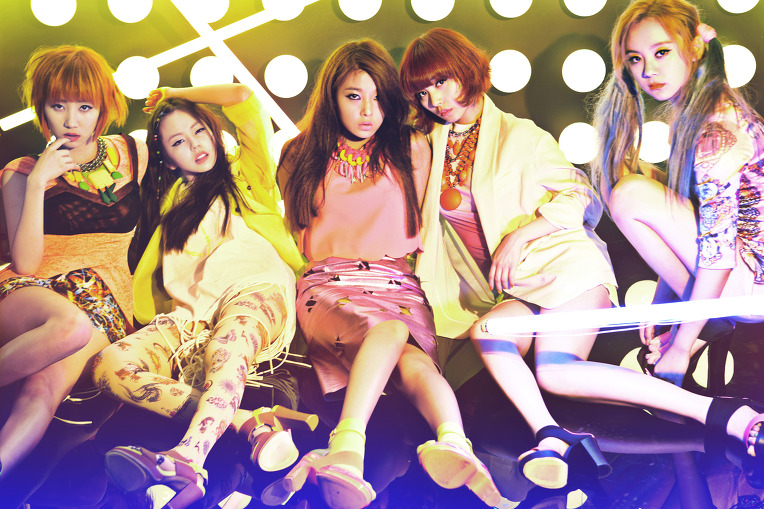
NewJean’s retro sound moves more to an introspective pull on nostalgia within the 90s and early 00s. Tracks like “Attention,” “Supernatural” and “How Sweet,” for example, have been hits because they evoke smooth R&B and pop beats of that era. In a way, the retro influences from these songs have managed to connect them to fans on a global scale.
While Wonder Girls embraced a more overtly flamboyant retro flair, New Jeans brings a sense of understated cool, reflecting a shift in how K-pop uses nostalgia — both groups, however, manage to update classic sounds for new audiences, bridging generations through their timeless concepts.
- Shinee > Exo

At a time when fans had to learn choreography from their favourite songs from the music videos or live performances, Shinee came through with what’s considered the first dance practice to be uploaded onto YouTube amongst the 2nd generation.
The release of “Lucifer” in 2010 set a standard for transparency from easy interaction between the company and group to fans, and viral content to expand further. Everyone remembers the SM practice room; a distinctive blue and white cloud-patterned wallpaper behind the sharp, flawless precision choreography that Shinee brought forth.
It’s clear that they set the bar for dancing within the industry, and through their influence, Exo further popularised quality dance practice videos. In the practice clips for “Growl,” “Overdose” and “Call Me Baby,” it’s clear the videos went beyond just simple rehearsal footage and focused on being professionally lit, carefully framed and perfect one-shot takes.
Following in the footsteps of Shinee is not easy, but Exo managed to adopt the dance practice format and elevate it with a bigger production and change the way K-pop groups engage with their fans.
- After School > Blackswan

After School are known for laying the foundation for multiple lineup changes with their graduation system, adapted from J-Pop’s long-standing group, Morning Musume.
In the late 2000s, it was a concept that set the group apart. They introduced new members in exciting songs like “Bang” and “Shampoo” with their choreography concepts and would hold graduation concerts for members like Bekha when they left. It kept the group ever-evolving, and the concepts always fresh.
Blackswan adopted this member system, but unlike After School, it’s a little more chaotic. While the rebrand from Rania allowed them to switch up their concept and sound, the lineup changes have been more of a faster rotation for fans to keep up with but at the same time, helps them to stand out from the rest.
This includes adding a range of members from countries like Brazil, India or Senegal. Also most notably, Blackswan’s leader Fatou is K-Pop’s first Black idol to be leader and in a group for more than 5 years.
It’s stagnant as of recently but the graduation system has really become a method of both survival and innovation for this group, helping them maintain relevance and be versatile.
- SNSD > Twice

When people think of super-sized groups, SNSD usually comes to mind. At the time there were 9 members which was not of the norm — aside from their labelmates Super Junior who had 13. Their most iconic title tracks were ones where they dived into the cute concepts.
Songs such as “Kissing You,” “Gee” and “Oh!” perfectly populated the bubblegum cutesy pop era with fun, catchy melodies and a more girly, bright aesthetic. Even in fashion when people think of colourful jeans, they think of SNSD and Gee. Once their legacy reached new heights, TWICE was just around the corner to continue on in their sunbae’s steps.
When Jessica Jung left SNSD in 2014, someone in JYP’s marketing team must have seen the gap in the market and brought forth a pitch to turn the pre-debut group, 6mix into Twice.

And it worked. As a 9 member group themselves, they’re still pushing out hits even after Cheer Up, SIGNAL and Likey. They’ve also allowed each member to shine with each song having a particular member getting more of a focus and in recent years, members like Nayeon, Jihyo and Tzuyu have done solo songs to showcase each member’s colour.
Twice has built what SNSD laid the foundation for — modernising the cute concept with their own sound whilst maintaining the large group size which has become a hallmark for success.
Which 2nd generation act do you think had the biggest impact? Or which recent groups have carried on the groundwork that their seniors did? Drop a comment below.
London-born writer Nyasha Oliver spends her time between the city and traveling when she can. As well as contributing music articles, she writes about food, video games, and the experiences and stories of Black people in Asia, including her own. She can be found on Instagram @nyamwithny.
(Images via: JYP Entertainment, SM Entertainment, YG Entertainment, Big Hit Music, Pledis Entertainment, DSP Media, Starship Entertainment.)







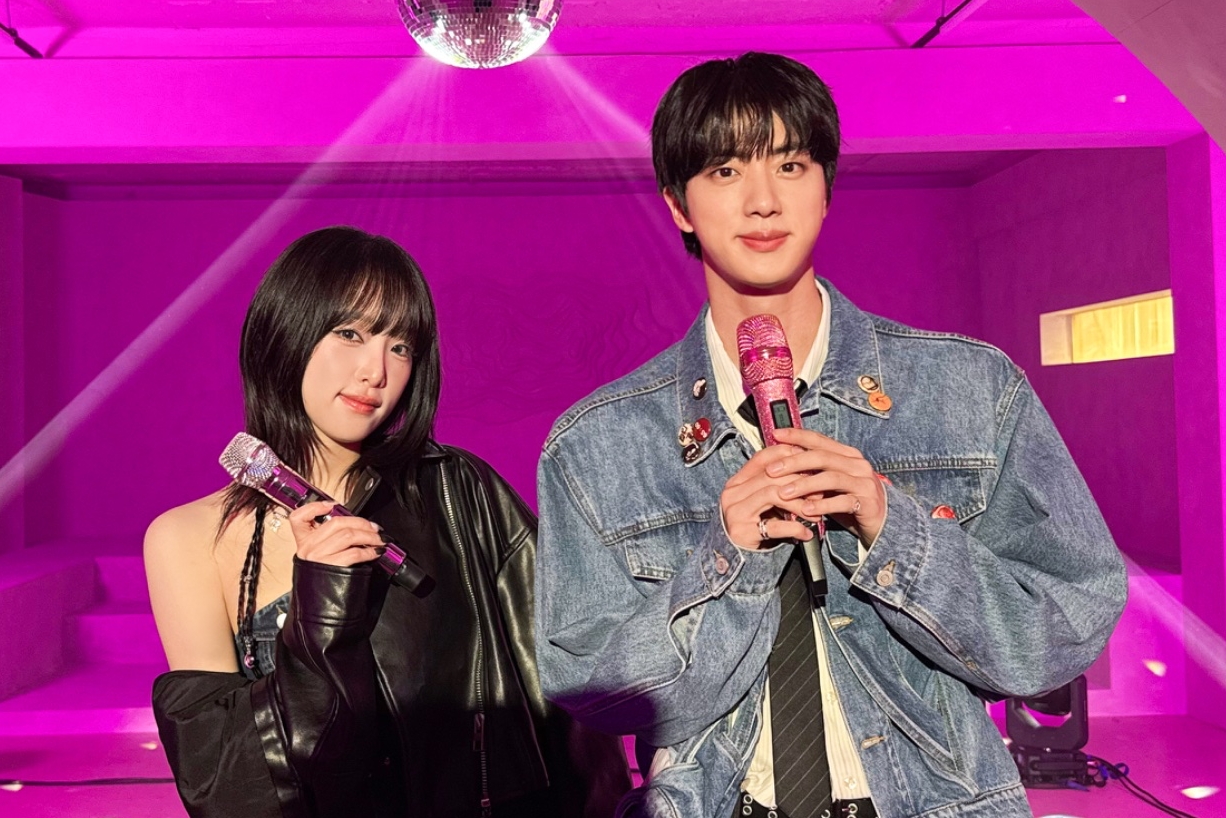
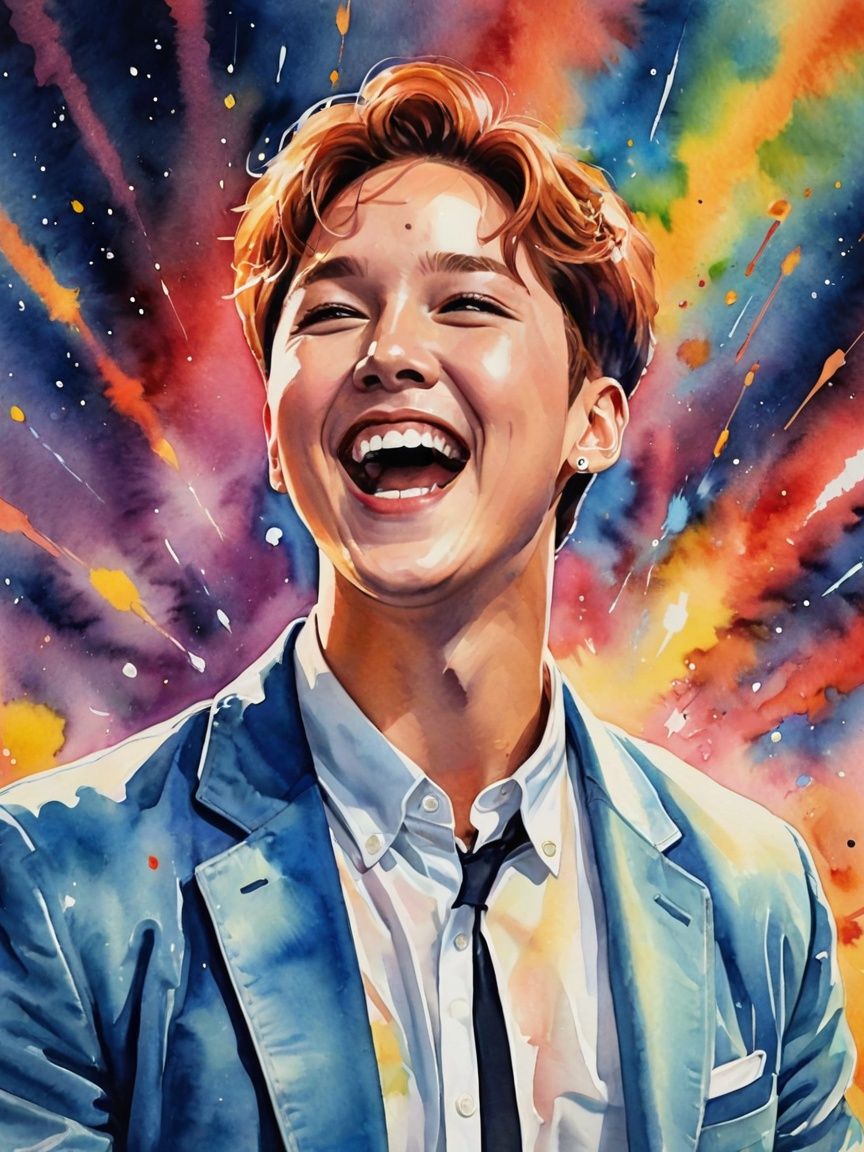


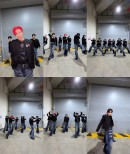







 English (US) ·
English (US) ·